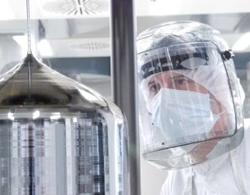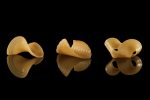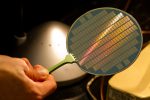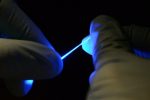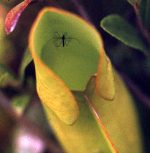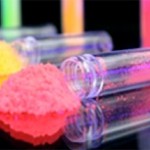Blowin’ in the wind.
The title is a Bob Dylan song. But in this case we are talking about renewal energy and generating electricity by harnessing the wind. Nanotechnology c an be used to create new materials with amazing functions. Wind turbines are a fairly common sight these days, enormously ... Read More...

